Karpura Tulasi
₹149
Karpura Tulasi, also known as Camphor Basil, is a revered sacred plant in Ayurveda and traditional Indian medicine. This aromatic herb possesses unique medicinal properties and is highly valued for its therapeutic benefits.
28 people are viewing this product right now
🔥 3 items sold in last 3 hours
Karpura Tulasi, also known as Camphor Basil, is a revered sacred plant in Ayurveda and traditional Indian medicine. This aromatic herb possesses unique medicinal properties and is highly valued for its therapeutic benefits.
Key Features & Benefits
- Strong Medicinal Properties: Karpura Tulasi is renowned for its potent antioxidant, anti-inflammatory, and antimicrobial properties. It’s traditionally used to boost immunity, relieve stress, improve digestion, and aid in respiratory issues.
- Distinct Aroma: This variety of Tulasi has a strong, pungent aroma with camphor-like undertones, making it highly fragrant and a delightful addition to any garden or home.
- Easy to Grow: Karpura Tulasi is relatively easy to cultivate, making it suitable for both experienced and novice gardeners.
- Sacred Significance: In Hinduism, Tulasi is considered a sacred plant and is often worshipped in temples and homes. Growing Karpura Tulasi is believed to bring blessings and positive energy.
- Versatility: The leaves can be used fresh or dried for various purposes, including herbal teas, medicinal preparations, culinary applications, and aromatherapy.
Plant Care Guide
Ideal Plantation Locations
Karpura Tulasi thrives in warm climates with plenty of sunshine. It prefers well-drained, fertile soil rich in organic matter. It can be grown in pots or directly in the ground.
Planting & Gardening Instructions
- Location: Choose a sunny spot with at least 6 hours of direct sunlight daily.
- Soil Preparation: Prepare the soil by mixing in compost or well-rotted manure to improve drainage and fertility.
- Planting: Plant the Karpura Tulasi seedlings or seeds in well-prepared soil. Maintain a distance of 12-15 inches between plants.
- Spacing: Ensure adequate spacing for proper air circulation and sunlight penetration.
Watering
Water regularly, ensuring the soil remains moist but not waterlogged. Reduce watering frequency during the rainy season.
Fertilizers
Apply a balanced organic fertilizer every 2-3 months to promote healthy growth and flowering.
Repotting Instructions
Re-pot young plants annually into larger pots to accommodate their growing roots. Use well-draining potting mix.
Fruiting Season
Karpura Tulasi typically flowers throughout the year, with peak flowering periods varying depending on the climate and growing conditions.
Usage Ideas
- Herbal Tea: Brew fresh or dried leaves into a soothing and aromatic tea.
- Medicinal Preparations: Use the leaves to prepare herbal infusions, tinctures, and oils for various health benefits.
- Culinary Applications: Add fresh leaves to curries, soups, and stir-fries for a unique flavor.
- Aromatherapy: Use the leaves to make potpourri or essential oils for aromatherapy purposes.
- Ornamental Plant: Grow Karpura Tulasi as an ornamental plant in your garden or on your balcony.
Care Tips
- Pest Control: Monitor for pests like aphids and white-flies. Use organic pest control methods like neem oil or insecticidal soap.
- Pruning: Regularly prune the plant to maintain its shape and encourage bushier growth.
- Mulching: Apply a layer of organic mulch around the base of the plant to retain moisture and suppress weeds.
Only logged in customers who have purchased this product may leave a review.
Related products
Designed, Developed & Maintained by Growww.
Copyright © 2024 Ashok Chakra Nursery

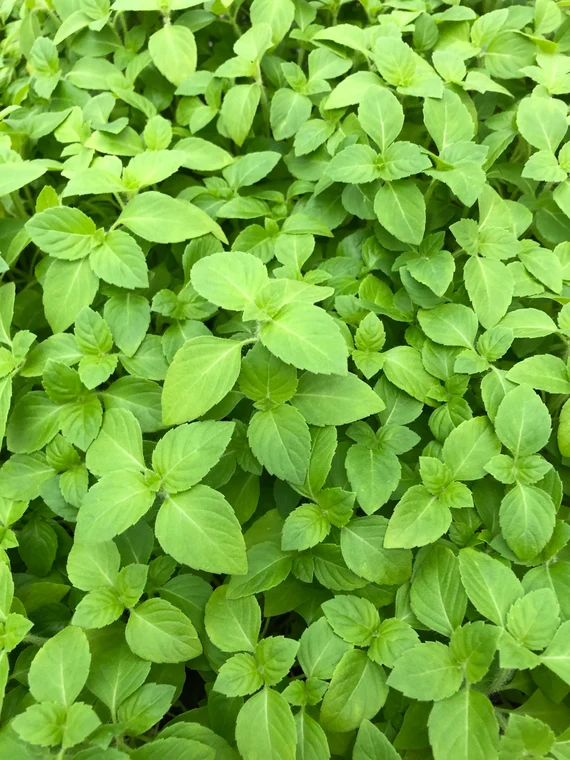


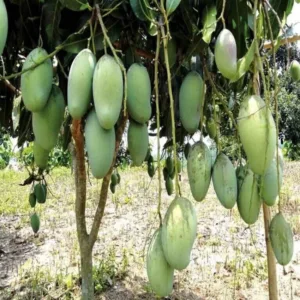


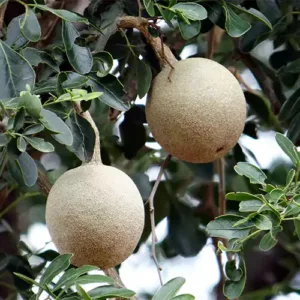
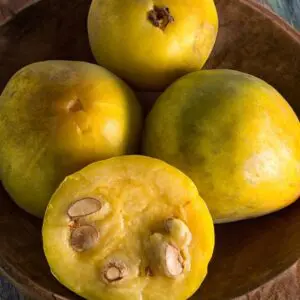
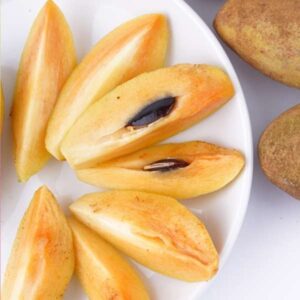
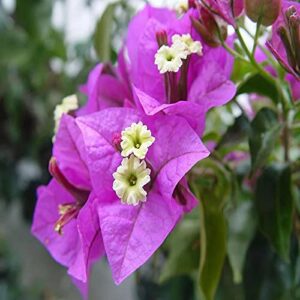
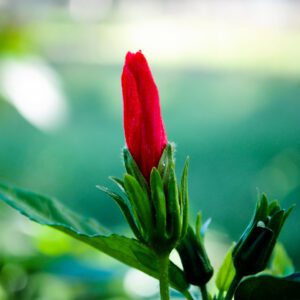
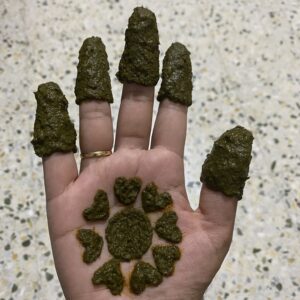
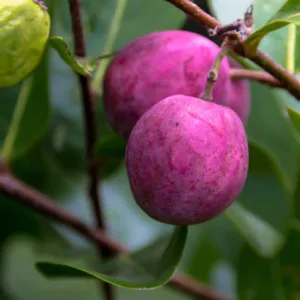
Reviews
There are no reviews yet.